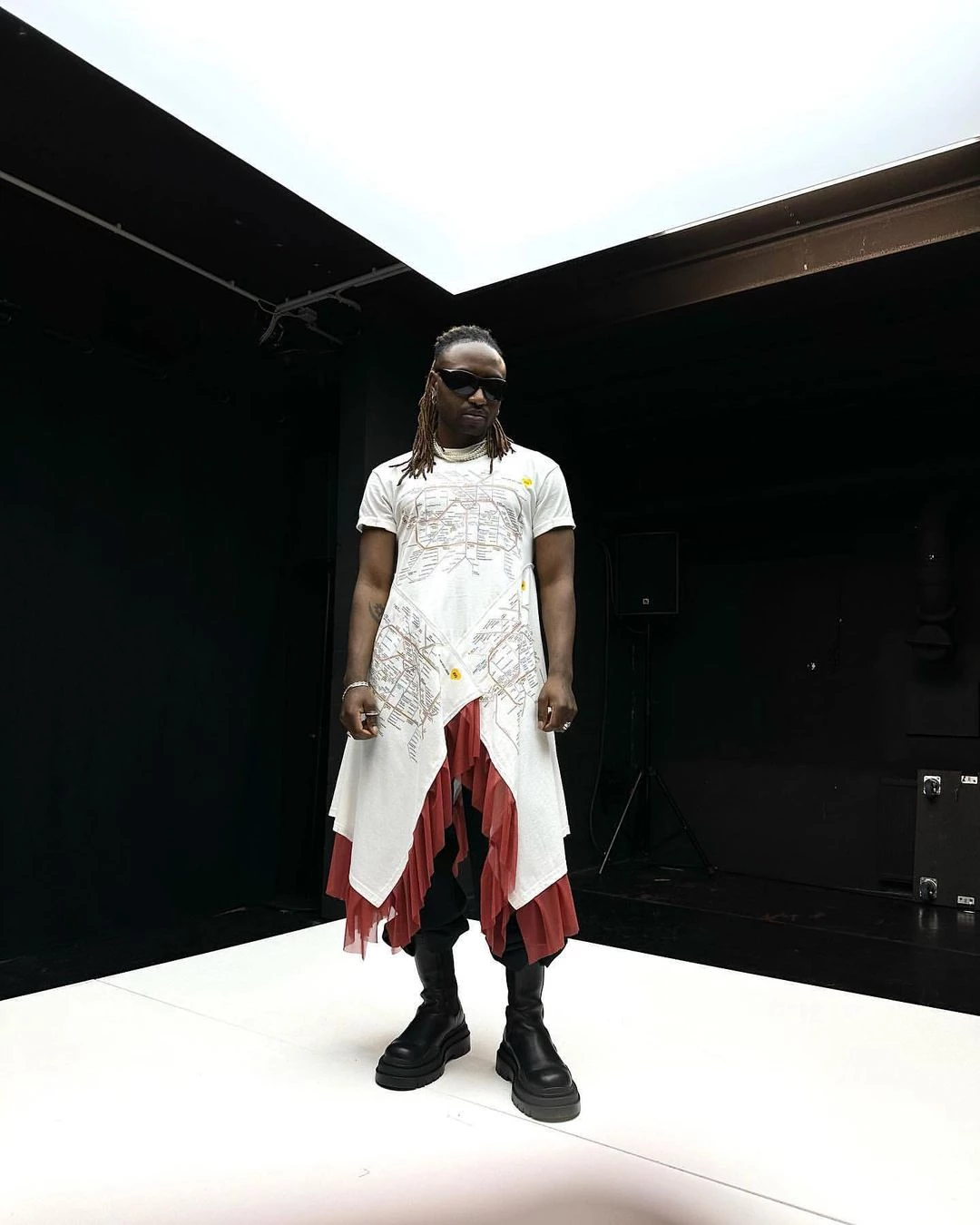
- Date
- 28 FEBRUARY 2023
- Author
- MIRA WANDERLUST
- Image by
- @THERAPY_BERLIN
- Categories
- Fashion
‘Question Everything’ in Fashion with Therapy Recycle + Exorcise Berlin
Therapy Recycle & Exorcise is a sustainable and alternative, gender-free, season-free and size-free fashion project based in Berlin, Germany and Córdoba, Argentina, managed since 2012 by two sisters separated by the Atlantic Ocean and re-united by this passion, Paula and Mariángeles Aguirre. They are two sisters based between Berlin, Germany and Cordoba, Argentina, where they are originally from. Mariángeles studied Communication Sciences, finishing her studies in 2004, in Cordoba, Argentina. She moved to Germany that same year.
She has worked as a freelance writer for various fashion magazines. But she describes herself mainly as an entrepreneur. In 2007 she founded a tourism entrepreneurship in Berlin together with her partner, called HolaBerlin, which she runs until today. She was one of the co-founders of Green Fashion Tours Berlin. Last but not least, she is part of a couple of fashion associations in Germany and works as Head of social media at Fashion Revolution Germany. Mariángeles founded Therapy Recycle and Exorcise in Berlin, in June of 2012.
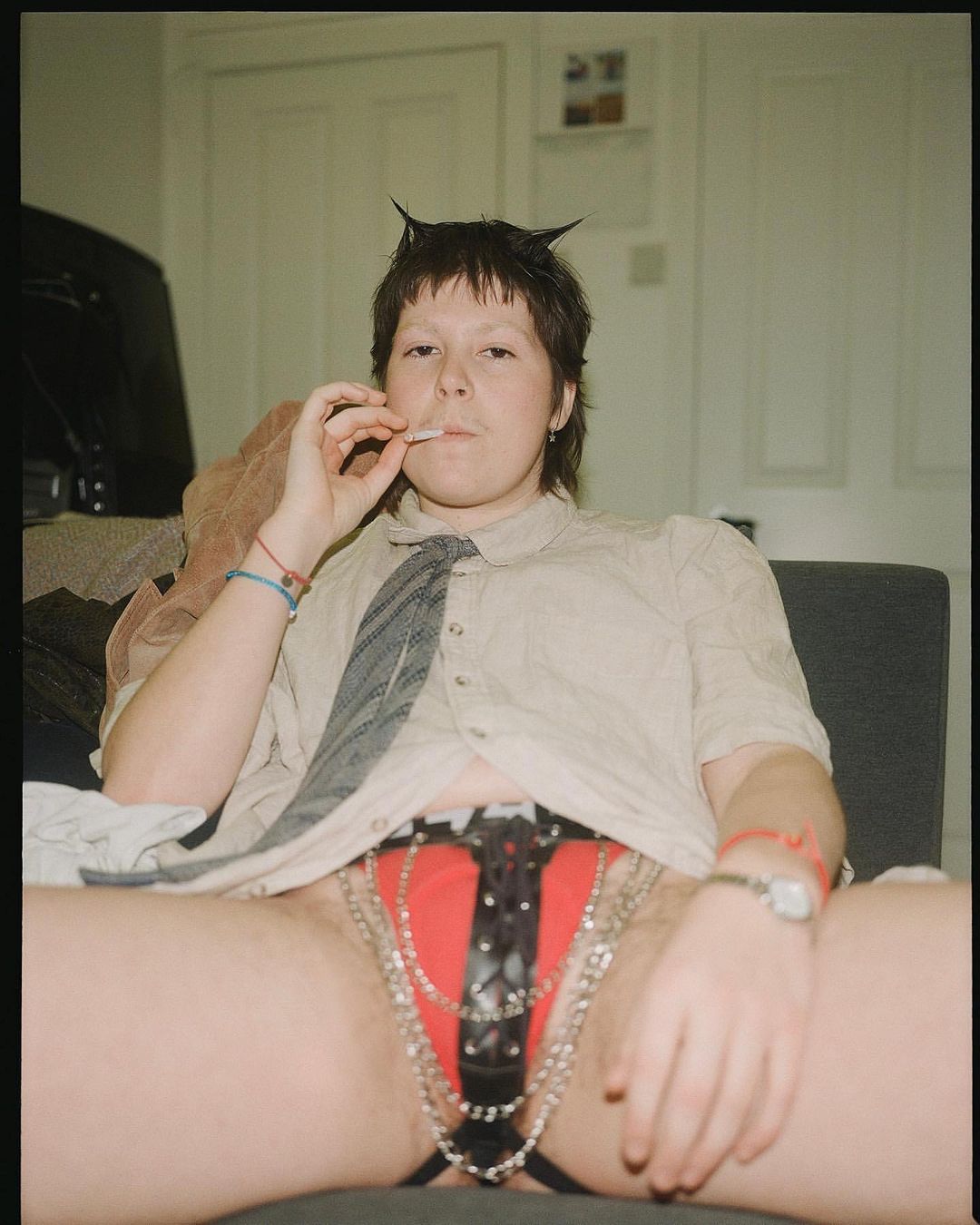
The designers have a playful and inclusive approach to fashion through DIY (Do It Yourself) upcycling techniques. Fashion can also be experimental, daring and playful. Alternative fashion can be conscious and care for the planet. The sisters introduced the sustainability issue there where few others were talking about it and they are already a recognizable player in the alternative and club fashion scene.
‘’We bring sustainability together with styles that don’t follow the trends but are bold and very visual. Our ethics are guided by our intersectional vision. It mixes sustainability and circularity with issues such as inclusivity, body positivity and gender redefinition, criticizing what mainstream media and advertising impose to us as desirable or even “normal”. We support a more human, diverse and open-source fashion. We are against dehumanization, exploitation, objectivization and commodification of the humans who make and wear fashion and against the careless exploitation of the planet and its resources. We at Therapy do not only question the way we (mass) produce and (mass) consume, but also heteronormativity, patriarchy, binarism and the exploitation, commodification and objectivization of the human body. We also question the currently dominating economical order where we are educated to compete with one another and aim for eternal linear growth no matter how devastating this is for the earth, its resources and all forms of life. We propose a less egoic, less toxic, more ethic and more human (fashion) system with collaboration, cooperation and circularity as its base, in balance with the planet and the people.’’
‘Question everything’ is your slogan, well it seems like a very challenging journey. Share with us a few elements related to your background and when was your first approach with upcycling?
Our background is deeply rooted in upcycling as a way of life. It was something that happened naturally in our community and our family as kids. Our greatest inspiration and first contact with upcycling was our grandmother, Angeles Maria Perez - Chichina - and our mother, Alicia, who passed it on to us. Our grandmother was a dressmaker and upcycler who had learned the craft from her mother, Angela. All girls in those times would learn to sew, embroider, knit, and mend.
Our grandmother was a daughter of Spanish immigrants who moved to Argentina escaping poverty in Europe at the beginning of the 20th century. She only had the opportunity to attend primary school, but she supported herself working with her beautiful, patient, and talented hands as a seamstress. Our mother, Alicia, made it to university, but she kept the tradition of reusing and repairing.
Before tHERAPY Recycle and Exorcise, we already ran small accessories brands when we were both still living in Argentina, at the beginning of the 2000s, together and separately. We also made and pimped our own clothes since the nineties, when we were teens, and searched all over for vintage treasures and rarities. However, it was in Europe where we discovered the many possibilities of having access to unlimited second-hand and vintage clothes, something that was not possible in Argentina at the beginning of the 2000s. Upcycling is a new word, but not a new concept. It is a lesson from the past, something we need to learn again, like repairing, reusing, re-adapting, modifying, passing items on to others, etc.
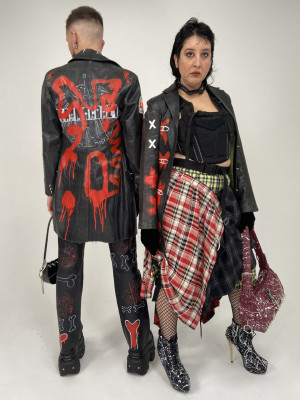
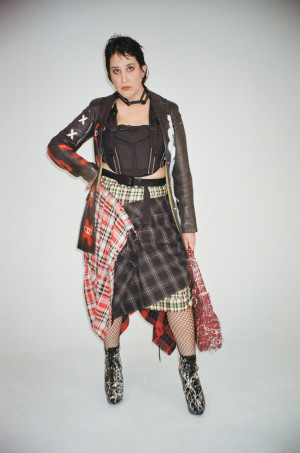
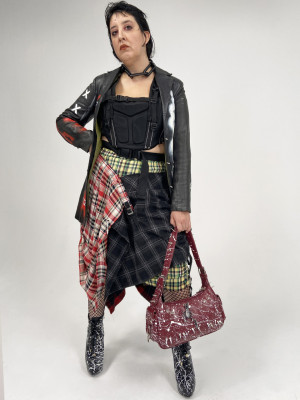
Do you remember your first upcycled garment? When did this happen and how old were you?
It was actually something our grandmother made for us. I vividly recall the clothes she made for our dolls with scraps from previously upcycled clothes, and the old pullovers she would dismantle to make new ones, or to make socks, supports for hot pans, etc. It was inspiring to see how she could turn something old and seemingly useless into something new and beautiful. The first upcycled pieces we made ourselves were clothes from mum or our older sister. I personally would distress jeans jackets with pumice stones and change the shape of my own jeans to make them tighter or looser according to the trends of the moment. For this I used my grandmother’s sewing machine for the first time. This happened when I was in my 14s to 17s. Upcycling has always been a part of our lives, and it is a philosophy that we have carried with us until today.
What about your last collection showcased during Berlin Fashion Week. What were the visual references and inspiration for it?
For the January 2023 edition of the Berlin Fashion Week, we presented pieces made from reused materials in the fashion show “VORN. Role Models". The pieces were originally part of our latest capsule collection "tHERAPY 10 years" from September 2022. The looks combined different brands and were based on current and past icons, with influences in terms of sustainability, sexuality, and diversity. The pieces showcased during the fashion show were ALIEN BOOTS, a pair of second-hand vinyl overknee-boots customised with reused elements, such as straps, plastic elements, and metals. Another piece was the HAIRY BOOTS, a pair of hand-painted vintage nubuck overknee-boots decorated with second-hand artificial hairpieces and leather and elastic straps with reused metals. Finally, there was the CORSET DRESS, made from a deconstructed corset and a vintage fitted skirt with a garter belt.
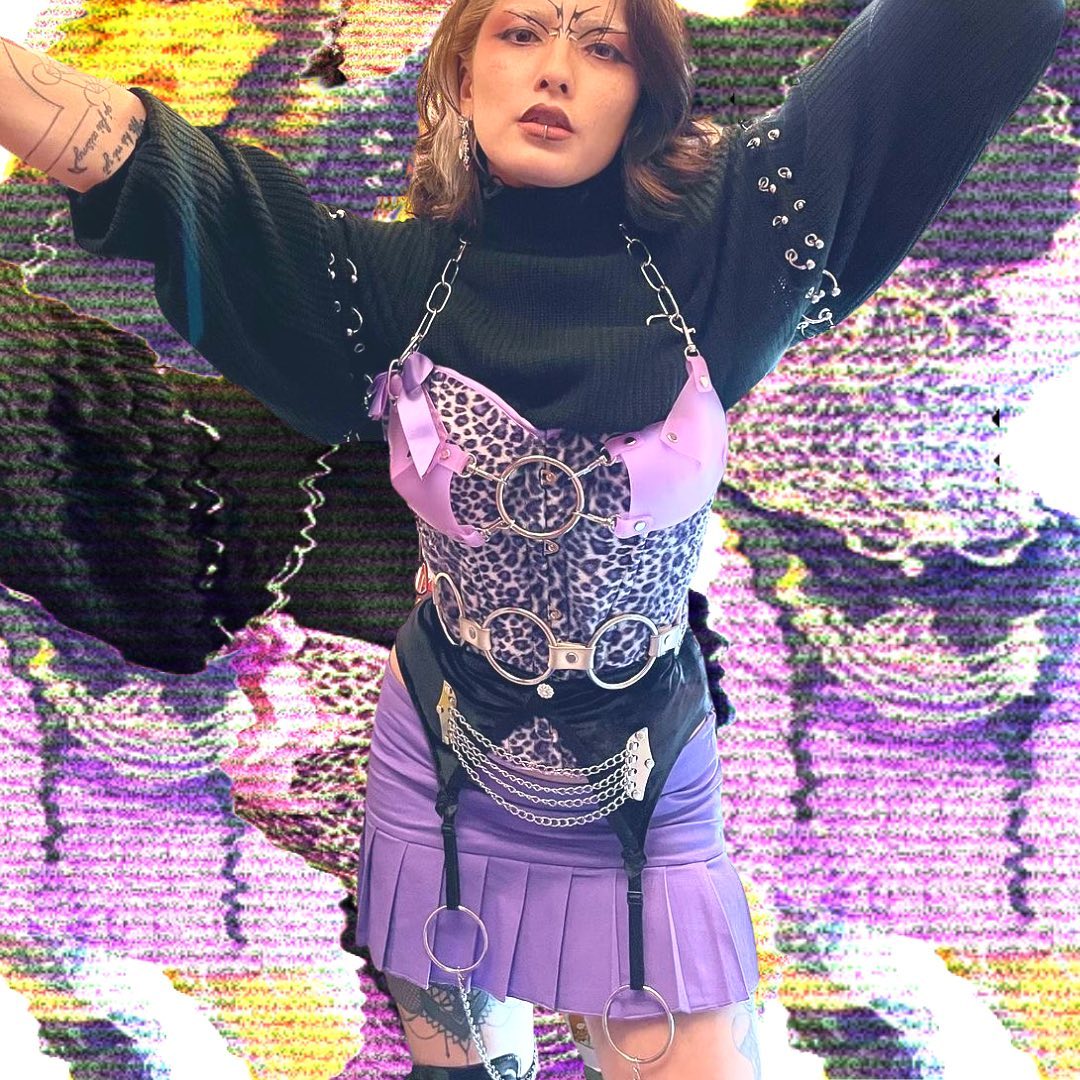
How would you describe the independent fashion scene and what are some of the biggest challenges that you are facing right now?
There is something amazing happening being a part of the independent fashion scene. Today it means being a part of a growing movement that is focused on sustainability, ethical practices, and unique designs. The industry is changing, and consumers are demanding more transparency and accountability from brands. As a result, independent designers are gaining more visibility, and their influence is expanding. However, despite this growth and increased attention, the independent fashion scene still faces significant challenges. It can be difficult to get funding, and the competition is fierce. Additionally, there are issues with fast fashion and overproduction that need to be addressed through regulations, and consumers need to be educated about the impact of their choices.
Being a small or medium size independent business, fashion brand or not, is the best way to stay human, react fast to your customer’s needs, and innovate. However, in countries like Germany, the mindset is to be big, and everything is made for being big, which makes it difficult to get support or visibility as a small business. People think that you are small because you are doing something wrong, but you can do things very well and stay small, which is actually a good option. Also the fact that Germany is not traditionally a fashion country, so there are not many platforms or systems to support fashion designers. It is starting in Berlin since the pandemic but it’s very bureaucratic. The intermediaries work mostly to stay relevant themselves or to support only those designers that are “in” or they like the most right now. So the resources and possibilities are not always reachable.
Another challenge is to be an immigrant. As an immigrant your contact networks are much smaller and depend 100% on your will, your tenacity, your insistence and your search. Not having studied at a local university makes you feel quite displaced, unrecognized or underappreciated. It doesn't matter if you have studied at a university in another country or if you have a lot of experience. It is also difficult to understand how local financial support processes, local networks and local laws work. No matter how much interest you put into it, no matter how much information you get, no matter how many questions you ask, the locals will always be ahead of you. And they will always help each other, rather than help someone who comes from somewhere else or who they don't know personally.
There are many other challenges. As owner of a small brand you are the person for everything, you need to understand all parts of the business, and it is a 16 hours a day job. Add the huge challenge of staying present in social media, creating content constantly, staying relevant. It’s like a constant and never ending need for new things. You have to create a sense of newness constantly. This is immensely demanding. Our mindset is that collaboration is key, and we should collaborate more than compete. The mentality of competition is good in a sense, but not always. We need more platforms that create a network among us designers but also with big companies, the industry, universities, schools, and other disciplines like arts or science, especially in upcycling which belongs to the circular economy. We need to work all together.
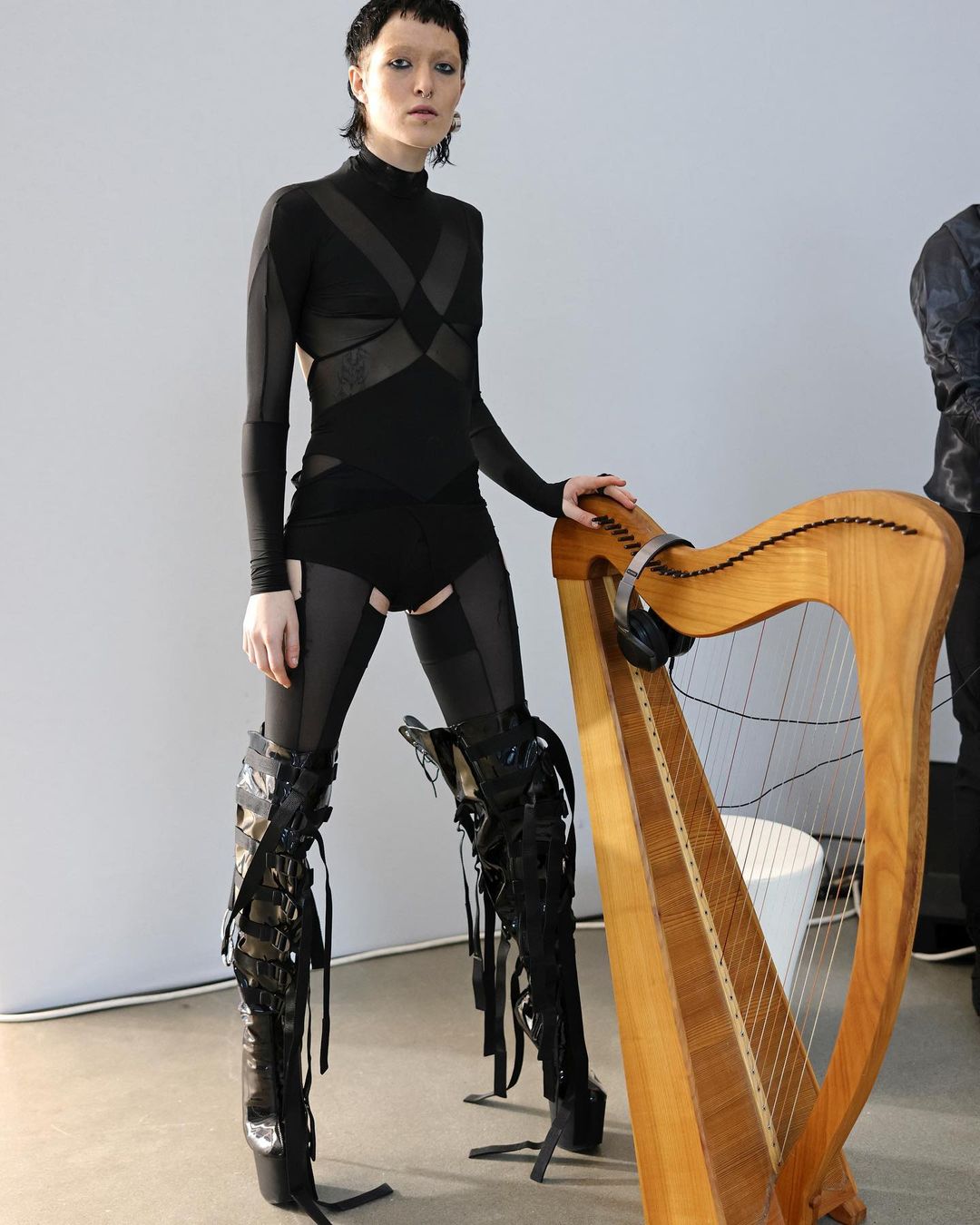
How do you approach the process of creating an upcycled garment?
At tHERAPY Recycle and Exorcise, we have a playful and experimental approach to creating upcycled garments through DIY techniques. However, we have developed rules, and there are materials we use the most and techniques we repeat, so to create a connection and our own aesthetic and language. Our primary rule is to use most of the material we find and to create the least waste possible. Our process involves dismantling, adding, changing the function, and making pieces suitable for different sizes and bodies. Many times, our creations are a mix between a clothing piece and an accessory.
We draw inspiration from the materials we find and the discarded items that we come across. Our concept and ideas come mainly from the materials, which is the opposite of the traditional design process where designers search for materials to build what they have imagined. We imagine from the discard and embrace the unique possibilities that come from working with materials that are already there. It sets a limit, but you can go beyond that limit if you push your creativity, leave aside trends. Your problem-solving capacity expands infinitely and you no longer see any limits.
Can you describe your clients’ personality in general?
People who buy our clothes firstly approach us because they like the designs. But then as we tell them the story behind they get interested and find that there is an extra in the fact that it is reused fashion. They feel good knowing this. They become more interested and they feel good about the positive impact that their purchase has on the environment. But the public is very heterogeneous, from different backgrounds and with different interests. But there is a big portion of them that are artists, performers, people that are open minded and are not afraid to dress differently.
It is also true that our public varies with time.
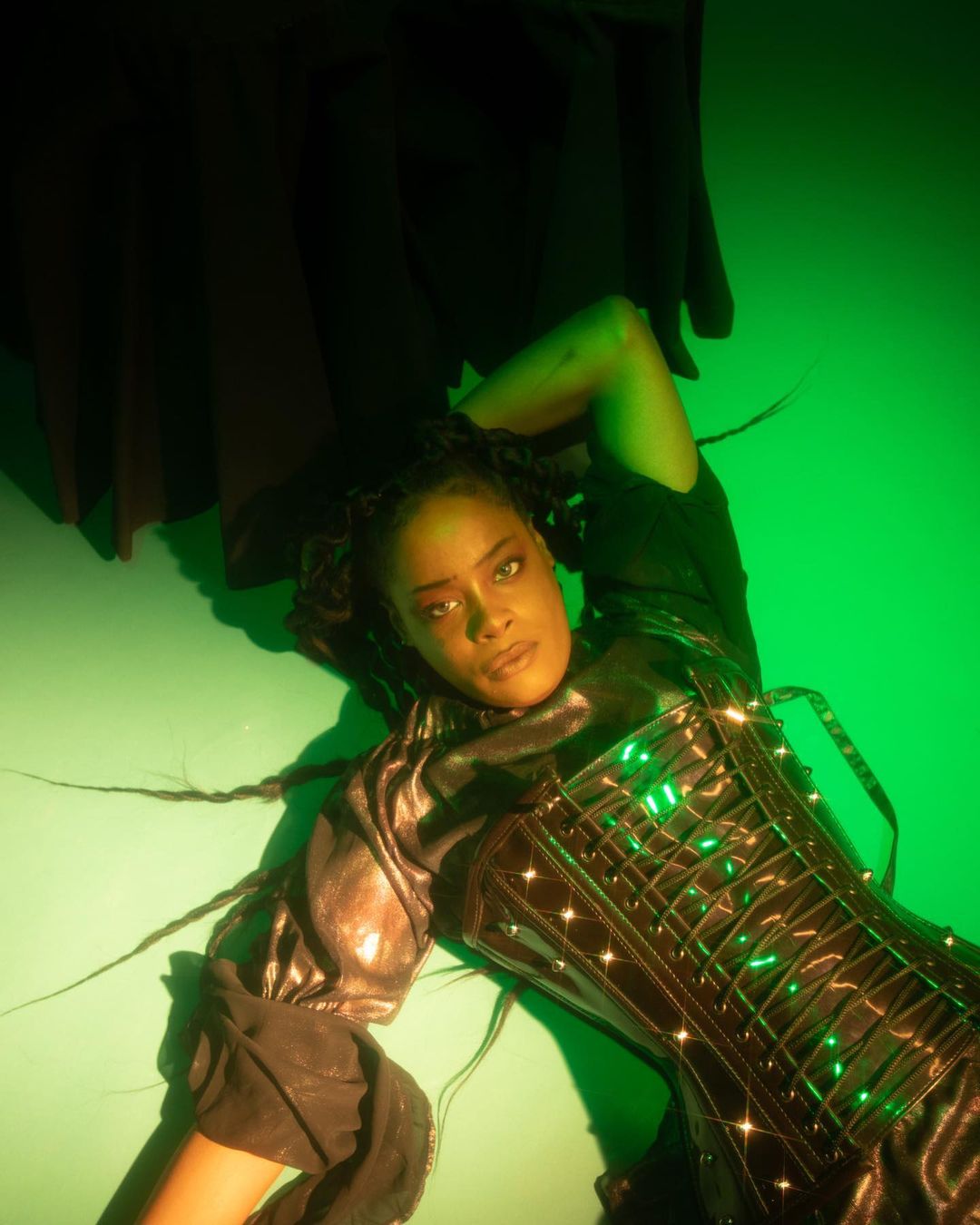
What makes you stand out as a brand and tell us your favourite project that you’ve worked on?
We stand out as a brand because of our focus on sustainability and promoting a more human, diverse, and open-source fashion industry. As a small brand, we pride ourselves on being able to respond quickly to our customers' needs and to build close relationships with them. Our size allows us to be more flexible and nimbler in our approach. We believe that our size is an asset that allows us to build a strong and loyal customer base who appreciate our unique approach to fashion and our commitment to sustainability.
Our favorite projects are the collections we create for our catwalk shows because they allow us to let our imagination run free and forget about boundaries. But also we love the fact that we are being contacted more and more by big companies to help them reuse their unused merchandise or their old uniforms. This kind of service we want to be able to provide more and more. Also offering upcycling workshops is magical.
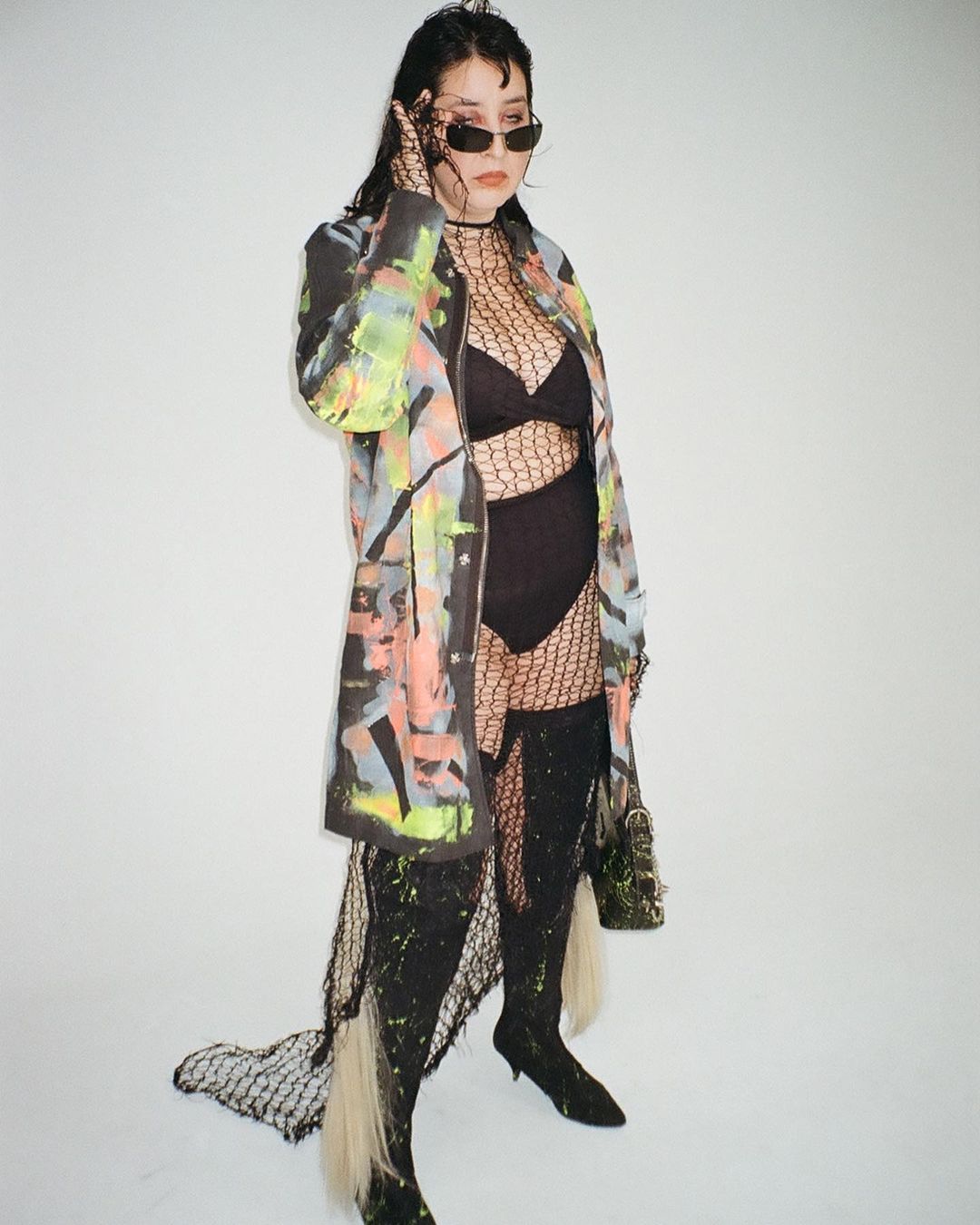
A letter to your future self. What would you write?
We literally wrote a letter:
Dear Future Self,
We write to you with the hope that our journey towards a life centered fashion industry has continued to evolve and prosper.
We hope we have evolved and see our work as art and not as fashion, and that we have been able to continue pushing the boundaries of what is possible in that regard.
But while we are exploring new areas, we hope that we have never lost sight of our local needs and realities. Our community has always been at the heart of what we do, and we hope that we have remained true to that mission, providing a space for learning and re-educating, and promoting a more inclusive and sustainable way of life through participation.
As we move forward, we hope that we continue to explore new areas, such as regenerative fashion, and that we remain true to our activist roots, using fashion as a tool for social change. I hope that we remain creative and curious, always exploring new ways to integrate sustainability and social responsibility into our work.
Above all, we hope that we continue to make a positive impact on the world, and that we remain a source of inspiration and change in the fashion industry. We look forward to reading this letter in the future, and reflecting on the progress we have made and the new horizons we have explored.